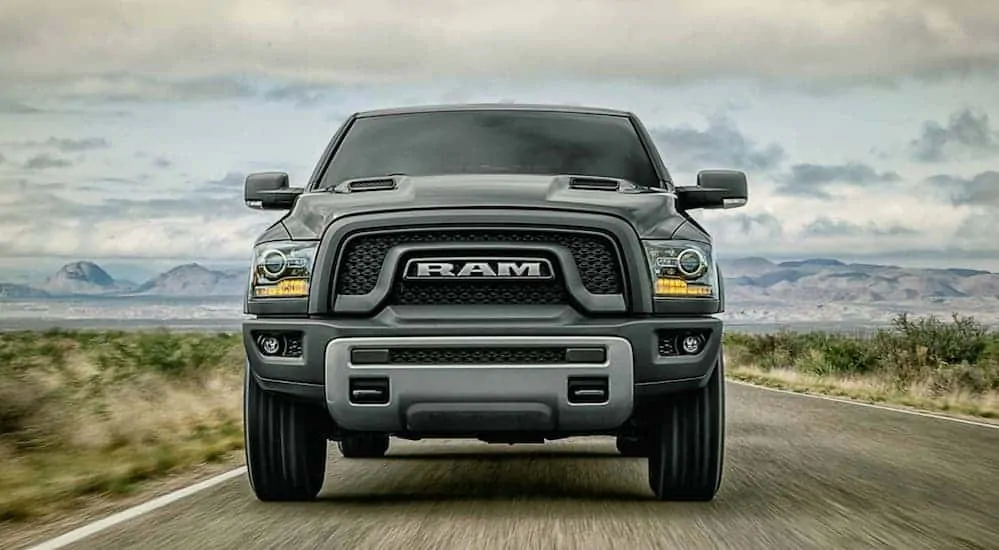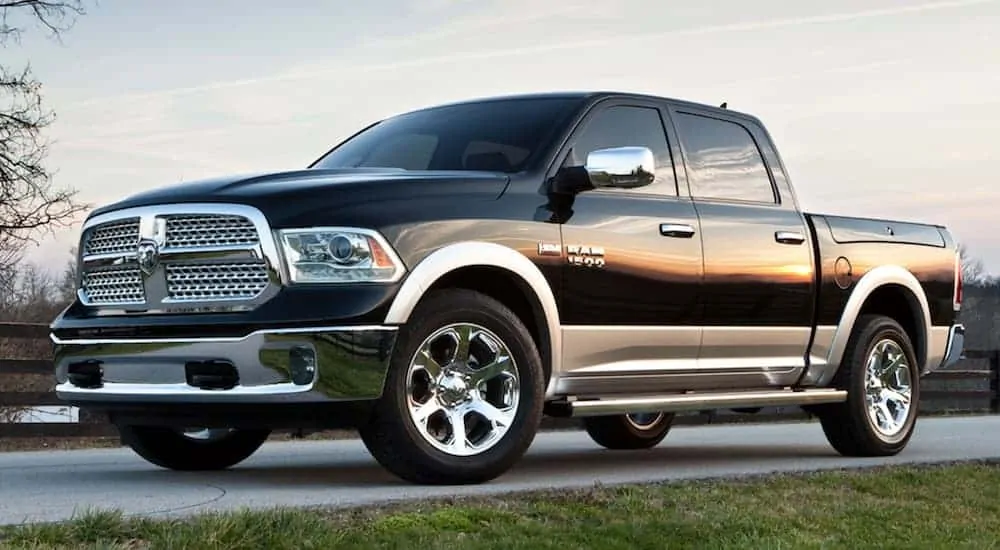It’s hard to argue against it; buying a truck from a used car dealer can be highly rewarding. Think of it this way, if you could end up with a quality vehicle that feels almost as good as new at a price far lower than a brand-new version, would you turn down that deal? Many drivers wouldn’t, particularly those who are on a tight budget but still want to drive something as classic as a fully decked out RAM 1500. That said, a high-quality RAM truck won’t stay that way forever, no matter how reliable the truck may be. Whether you use your pickup for lugging heavy cargo, or as a daily commuter, eventually wear and tear will catch up with you, and you’ll need to do more than just keep your gas tank filled. Auto maintenance and used car ownership go hand in hand, and there are a handful of things that you can do to keep your used RAM pickup running at optimal capacity for many years to come. That said, you shouldn’t go into it alone, auto maintenance over a long period of time is a challenge, and you should seek the help of an expert that is fully equipped to get it all done.
What Path Did You Choose?
Before we dig into what forms of maintenance you should keep a keen eye on, it is first important to take into account which path of used car ownership you decided to take. There are two paths to choose from, buying used from an individual seller or dealership, or buying a used vehicle that has received official certification from the manufacturer, otherwise known as a Certified Pre-Owned vehicle.
What is the difference between these two paths? Well, your typical used vehicle, whether you’ve purchased it from a seller on the street or a dealership, is going to be sold to you as is. Buying a vehicle ‘as-is’ can either be a good thing or a bad thing, and really depends on the situation. Some used vehicles have been well maintained by the owner, and in most instances, dealerships inspect their used vehicles before setting them out in the showroom; however, guaranteeing these things can be a bit of a challenge. As a result, if you purchase a RAM truck through this method, you may have to be more on top of your regular maintenance, as you’ll likely have more miles on your vehicle, which in turn means more wear and tear to keep track of.
If you’re unsure about purchasing a vehicle ‘as is,’ there is a second option, buying Certified Pre-Owned. Certified Pre-Owned vehicles are a solid choice for anyone who appreciates the feeling of something new, but doesn’t want to put down that hefty purchase price. Buying a car brand new comes with a lot of expenses, and very quickly can price out potential buyers who may be looking for something on a budget. Certified Pre-Owned vehicles though, provide a level of reliability similar to that of buying a car new, as said vehicle has been given a multi-point inspection and certification from the manufacturer. What is a multi-point inspection? Well, think of your typical mechanic-performed inspection, but done with an extra level of meticulousness. Couple that with the fact that the manufacturer is the one doing the inspection, and you’re likely to have a vehicle that will look and feel brand new. Certified Pre-Owned cars can also come with warranties from the manufacturer or even the dealer that ensure coverage for certain things like sudden mechanical issues or accidents, depending on the specifics. While these warranties can cost a bit more money, the total purchase price can still be minuscule in comparison to buying a vehicle that is fresh off of the factory floor. When you buy something that is Certified Pre-Owned, you’ll have better assurances that what your buying will be in decent condition, and in turn, require far less repair right away.
The Bare Basics of Tire Care
Every car, no matter if it’s a RAM truck or a Toyota sedan, relies on a set of tires. While every tire is different, with its own ideal tire pressure and set of tread, each one requires a similar level of maintenance. On average, a tire can last you around three years, however, if a tire is bald, is unevenly worn, or has a puncture, that lifespan can be cut dramatically.
Strangely enough, a lot goes into tire maintenance. Your tires bare the brunt of a load of your vehicle and endure the rough and tumble of the road. As a result, your tires can wear quite quickly, depending on what they’re propelling. The tires on a used RAM truck, for instance, are going to likely experience a lot more wear than a set on a Toyota sedan.
So, how do you maintain your tires? Well if you have your tires checked and rotated every time you get an oil change that should help you avoid any serious issues. These checks should happen once every 5,000 miles or so, although, you should be sure to check the air pressure on your tires once a month to make sure you don’t have any leaks or punctures.
Your Transmission, and Why It Matters
Another crucial component in your vehicle is your transmission. The transmission is tasked with taking the thrust and power sourced from the engine and delivering it to your drivetrain. That said, the transmission, like any other component, is subject to wear and will need maintenance. How often you maintain your transmission truly depends on the kind of transmission and car you’re driving. For example, a manual transmission may need maintenance once every 30,000 to 60,000 miles, whereas some automatic transmissions can go much longer without needing a thorough check. Although, if your transmission is under heavy use, like being used to haul heavy cargo, you may want to have it inspected by a trusted dealership service center once every 15,000 miles or so.
Motor Oil Changes and The Longevity of Your Vehicle
Taking the cake as the most important form of auto maintenance you can perform on your engine is motor oil changes. Every component in your engine requires a sustained degree of lubrication, without which all of these pieces would wear out and break under strain and friction. Motor oil could go forever unchanged if it didn’t accumulate clumps of grime. Grime, especially in large condensed quantities, can dampen the effectiveness of your motor oil, and in turn, cause the same damaging heat and friction it was meant to prevent.
Fortunately, you can prevent these damaging effects by having your motor oil changed once every 5,000 miles by either a professional mechanic or the services experts in your dealership. These oil changes are crucial to keeping your RAM truck operating at optimal levels and can ensure that you get the kind of longevity you hope for when buying used. Used vehicles can come with their share of hiccups, but through regular maintenance and expert knowledge, you can get a full life from your used pickup. The necessity for regular maintenance is doubled when you consider the fact that some RAM truck drivers use their vehicles to haul tremendous loads across vast distances. Pickup drivers demand a lot out of their vehicles, and in turn, they should be willing to put in all the work necessary to get the best performance possible.






